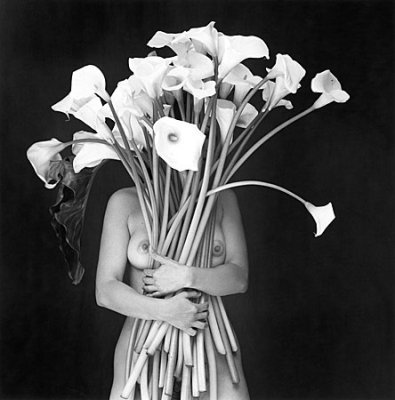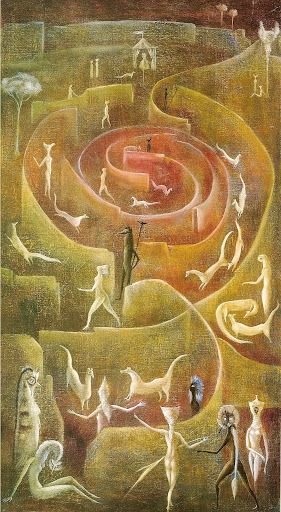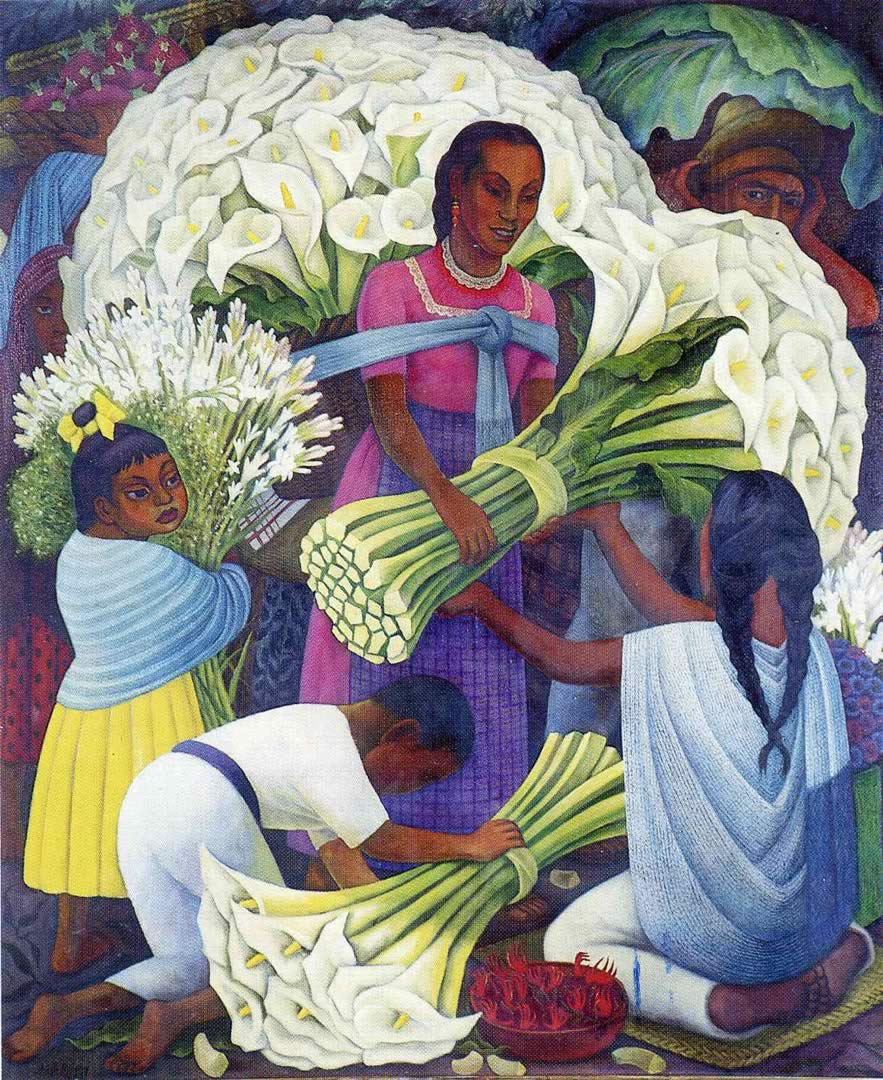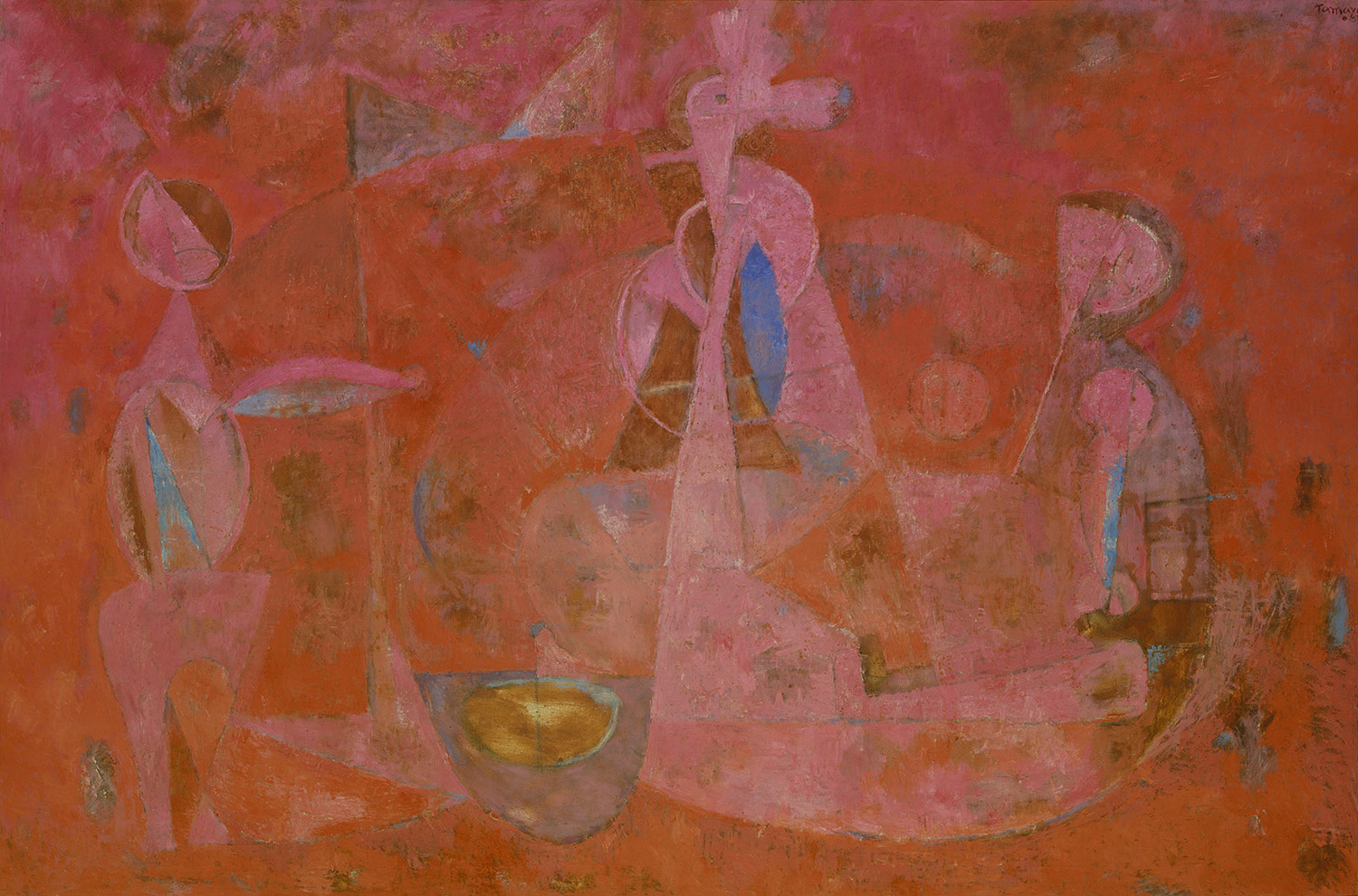
This section is adapted from "The American Cyclopaedia", by George Ripley And Charles A. Dana.
Water Lilt
Water Lilt, a name for aquatic plants of several distinct genera included under one family, the
nymphoeaceoe, or
water lily family, which is far removed from the lily family proper, as that consists of endogenous plants, while these are exogens.
Members of the family have submerged rootstocks, from which, in those popularly known as water lilies, arise long-petioled leaves and scapes bearing large, solitary, and generally showy flowers; both leaves and flowers usually float, but are sometimes emersed (i. e., project above the water); the fruit in some matures above, and in others beneath the water.
The most common native water lily in North America is the yellow,
nuphar advena, also called
yellow pond lily and
spatterdock; this is found far north in Canada, extending to Sitka, and southward to Florida and Texas, in still or stagnant water.
For the genus nuphar (from
Gr. vovjxip, the ancient name) the leaves are floating or emersed and erect, with stout petioles; the flowers, produced all summer, are on fleshy stalks, and not showy, being of a dull yellow color, sometimes tinged with purple or greenish on the outside; the calyx, of five or six sepals, is very large, and is usually taken for the corolla; but the true petals are numerous small thick bodies, which appear much like the manyshort stamens next to which they are placed; the large columnar ovary is truncate, at the top, crowned by the disk-like, many-rayed stigma, and has 10 to 25 cells, with numerous ovules in each cell; it usually ripens above water, becoming fleshy.
The common species,
AT. advena, has six sepals, while the less common
AT. lutea has five, with its early leaves submersed and very thin, the floating ones oval; this is common in Europe, where its different forms have been named as species, and a small variety of it (var. pumila) is more common in this country than the type. A southern species,
N. mgittavfolia, has arrowshaped leaves a foot long and only 2 in. wide.
Sweet-scented Water Lily (Nymphaea odorata).
The plant known especially in the United States as the
water lily, frequently as
pond lily, and sometimes as water nymph, belongs to the genus
nymphcea, it having been
dedicated by the Greeks to the water nymphs. In this the sepals are four, green on the outside, but petal-like within; the petals are very numerous, in several rows, the inner ones becoming narrower and smaller until they gradually pass into stamens, which are also numerous and, with the petals, attached to the surface of the many-celled ovary, which bears at the top a globular projection with radiate stigmas, each of which bears an incurved sterile appendage; the fruit, which ripens under water, is berrylike, pulpy within, and each of its numerous seeds is enveloped in a thin membranous sac.
Our common species,
N. odorata, has nearly orbicular leaves, which often cover a broad surface of water on the margins of lakes and ponds, forming what are known as lily pads; the flowers, which open very early in the morning, are often over 5 in. across, of the purest white, and most delightfully sweet-scented. The flowers vary considerably in size, one (var. minor) being only half as large as the ordinary form; in some localities the flowers are slightly tinged with pink, and they are found, though rarely, with the petals bright pink throughout; the leaves also vary in size, and sometimes are crimson on the under side.
The rootstock, as large as one's arm or larger, and several feet long, is blackish externally, and marked with scars left by the leaves and flower stems;
it is whitish and spongy within, and has an astringent and bitterish taste; it is in repute among botanic physicians as a tonic and astringent. Though the plant often grows in water several feet deep, the leaf and flower stalks accommodate themselves to the depth, and they may sometimes be found where there is but a few inches of water; the plants may be cultivated in a tub or shallow tank containing earth and kept well supplied with water.
Another species, so like the preceding in general appearance as to have escaped notice, was first distinctly identified and described in 1865 by Dr. J. A. Paine in his catalogue of the plants of Oneida co., N. Y. It differs from the other chiefly in its larger leaves, a foot or more wide; its larger flowers, 4½ to 9 in. across, which have broader and blunter petals and are nearly scentless, or at most with a slight applelike odor quite unlike the rich perfume of the preceding; and more especially in bearing numerous simple or compound tubers upon the rootstock, which resemble Jerusalem artichokes and spontaneously detach themselves from it, and on account of which Dr. Paine called it
AT. tuberosa. It is found in central New York, southward and westward. - The common water lily of Europe and Asia is AT. alba, which closely resembles our AT. odorata, but its flowers have broader petals and are scentless.
There are several exotic species of great beauty, the best known is
N. lotus, white, a native of Egypt, whose ancient inhabitants used the seeds as food; it is the
white lotus of the Nile.
AT. dentata, from Sierra Leone, has leaves sometimes 2 ft. across, and white flowers with a diameter of 14 in. The
blue lotus of the Nile, AT. coerulea, has sweet-scented flowers, about the size of our own fragrant species, but of a charming blue color. Another blue species is
N. gigantea from Australia, with flowers more than a foot across. There are other blue-flowered species, or varieties, as some regard them, and some with red flowers, such as
N. rubra, from the East Indies. - The largest of our water lilies is one of the two species of
nelumbium, so called from nelwmbo, the Ceylonese name of the Asiatic species.
Ours,
N. luteum, called sacred bean, water chinquapin, and sometimes nelumbo, is found in the western and southern waters, and in a few isolated localities in Connecticut, New Jersey, Pennsylvania, and western New York, to which it is supposed to,have been introduced by the aborigines; the rootstocks are tuberous; the leaves stand high out of water; the blade, attached to the stalk by the centre and strongly ribbed, is often 2 ft. across, with a deep cup-like depression in the centre; the flowers, also emersed, are 5 to 6 in. across, the numerous sepals and petals alike, the many stamens slender, and the 12 to 40 ovaries imbedded in a disk or torus, which becomes 4 to 6 in. across, into the cavities in which the acorn-like nuts are set like plums in a pudding. This was an important plant to the aborigines, as the tubers, resembling in appearance those of the sweet potato, with a proper amount of boiling become quite farina-ceous, and, according to Nuttall, are as agreeable and wholesome as the potato; the seeds are also edible.
The other species,
N. speciosum, is regarded as the
sacred lotus of the ancient Egyptians; it grows throughout the East, but is no longer found in the Nile, though many sculptured representations of it remain; it is nearly like N. luteum, but has pink or rose-colored flowers and smaller stamens;
the tubers and seeds are used as food in China and elsewhere, and the fibres of the leaf stalks as lamp wicks.
The grandest of all water lilies, from the tributaries of the Amazon, bears the name
Victoria regia. Though it was discovered as early as 1801, and mentioned by subsequent travellers, it was not named till 1838, when Lindley described it and dedicated it to his sovereign; but it was not till about 1850 that it was introduced into cultivation through the efforts of the traveller Spruce.
In cultivation the
Victoria is an annual, with a fleshy rootstock, from which are produced leaves from 6 to 12 ft. in diameter; these are fixed to the petiole by the centre," and have the margin turned up as a border 2 or 3 in. high, giving the leaf the appearance of a huge tray; their upper surface is of a rich green color, and studded with small prominences; the lower surface, purple or violet, is traversed by ridge-like veins, radiating from the centre, and connected by cross veins, which divide the whole into compartments; the veins and the leaf stalks are covered with spines or prickles.
These enormous leaves, especially adapted by their structure to float, are
capable of sustaining the weight of a large water fowl, and by placing a board upon them to distribute the weight, they will hold up a child 10 years old. The flower is of two days' duration. The first day it opens about 6 o'clock P. M., and remains open until about the same hour the next morning; in this stage it is cup-shaped, 12 to 16 in. across, with numerous pure white petals, and emits a delightful fragrance. The second evening the flower opens again, but it presents an entirely different appearance; the petals are now of a rosy pink color, and reflexed, or bent downward from the centre, to form a handsome coronet, but now without odor; the flower closes toward morning, and during the day it sinks beneath the surface to ripen the seeds. In South America the seeds are called
water maize; they are very farinaceous, and are roasted and eaten.
Read more:
http://chestofbooks.com/reference/American-Cyclopaedia-12/Water-Lilt.html#.ULEI04VFjyu#ixzz2DADJaiS8


























